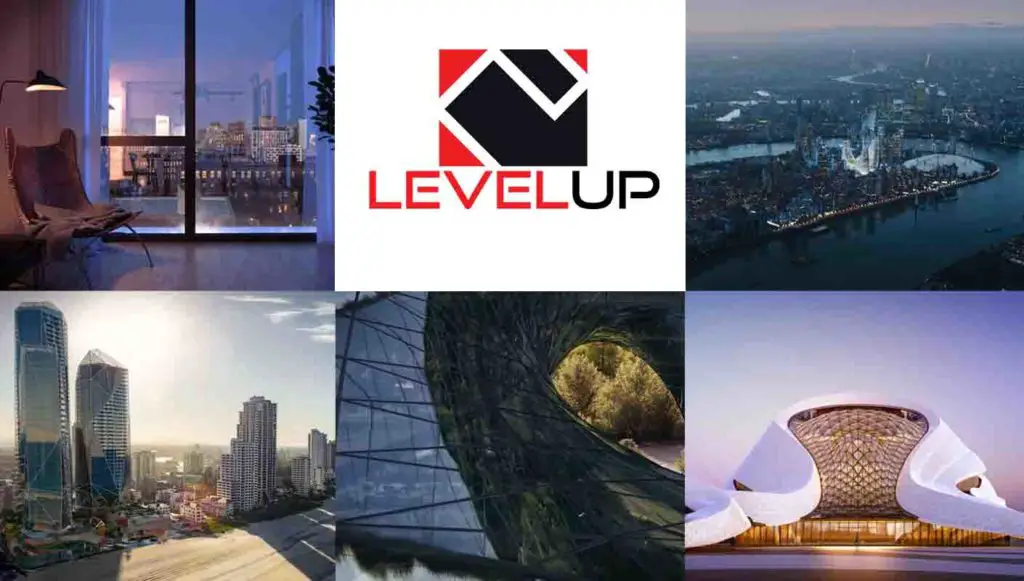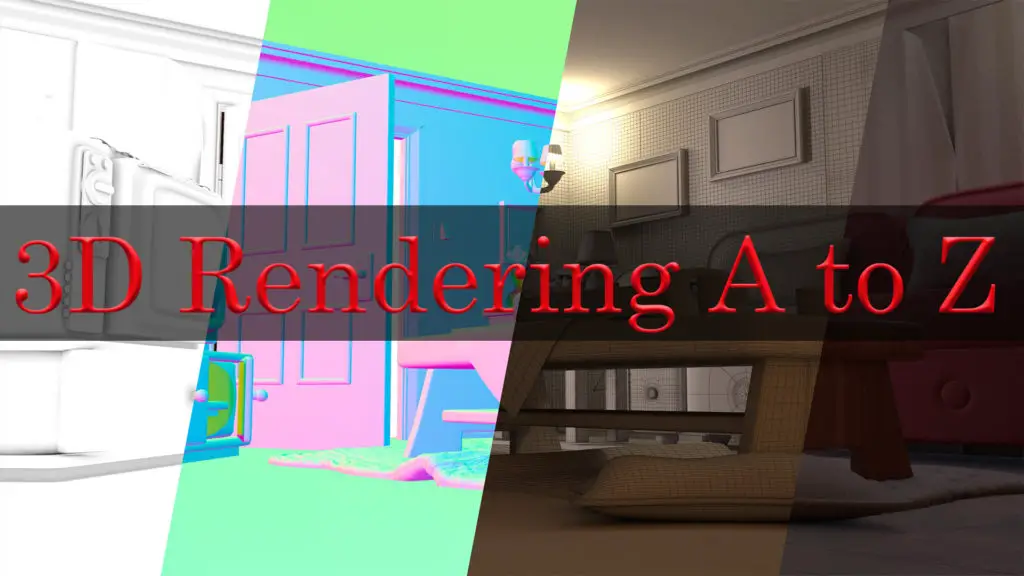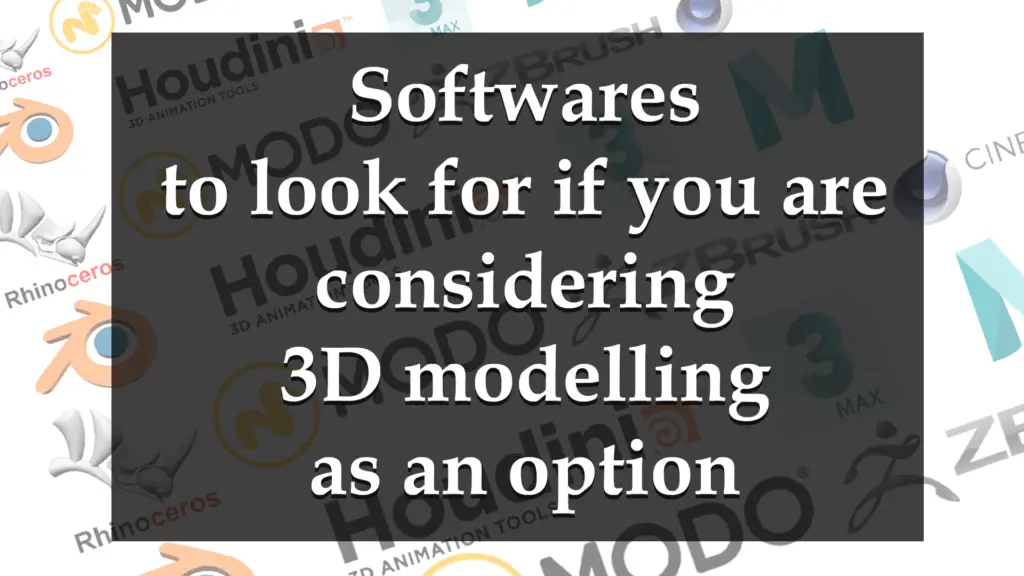THIS ARTICLE MAY CONTAIN AFFILIATE MARKETING LINKS! IN CASE YOU MAKE A PURCHASE THROUGH ONE OF THE LINKS, WE'LL GET A SMALL COMMISSION. WITH NO EXTRA CHARGES TO YOU. THANKS!!
SketchUp, a versatile tool that has carved its niche in the world of design, stands as a testament to the power of user-friendly software in unleashing creativity and efficiency. From its inception, SketchUp has been embraced by professionals and hobbyists alike for its intuitive interface and flexible modeling capabilities. The uses of SketchUp span across a multitude of disciplines, ranging from architecture and interior design to landscape architecture and video game creation. It’s the Swiss Army knife of design tools, enabling users to quickly draft concepts, iterate designs, and communicate ideas with clarity and precision.
The beauty of SketchUp lies in its adaptability. It can be as simple or as complex as the task demands, scaling from quick sketches to detailed 3D models with ease. Its uses are not just confined to the drawing board; they extend into the realms of presentation, analysis, and collaboration. With SketchUp, a designer can visualize a project in its real-world context, assess its environmental impact, and share interactive models with clients or team members.
As we delve into the myriad uses of SketchUp, we’ll discover how it has become an indispensable tool in the designer’s toolkit. Whether it’s crafting a piece of furniture, planning a sustainable urban space, or setting the stage for a virtual world, SketchUp provides a platform where imagination meets implementation. This article will explore the diverse uses of SketchUp, shedding light on how it has transformed the design process and continues to shape the future of visualization and modeling.
Uses of Sketchup
- Uses of Sketchup
- Introduction to SketchUp: A Multifaceted Tool
- Architectural Design: Building the World in 3D
- Interior Design: Crafting Spaces with Precision
- Landscape Architecture: Shaping the Natural Environment
- Engineering: From Concept to Construction
- Urban Planning: Designing for Communities
- 3D Printing: Bringing Models to Tangible Reality
- Game Development: Creating Immersive Worlds
- Film and Stage Design: Setting the Scene
- Educational Uses: SketchUp in the Classroom
- DIY Projects: Empowering Personal Creativity
- Conclusion: The Infinite Potential of SketchUp
Introduction to SketchUp: A Multifaceted Tool
SketchUp stands as a beacon of versatility in the digital design world, offering a seamless blend of simplicity and power that caters to a wide array of professionals—from architects to filmmakers. As a multifaceted tool, it provides an intuitive platform for users to quickly visualize ideas in three dimensions, making it an indispensable asset in conceptualization and communication. Its user-friendly interface belies a robust set of features that can model complex structures, refine textures, and simulate lighting with remarkable accuracy.
SketchUp’s flexibility extends to its compatibility with numerous plugins, enhancing its utility in rendering, animation, and beyond. Whether for detailed architectural blueprints, intricate interior designs, or vivid landscapes, SketchUp serves as a vital cog in the machinery of creative and technical workflows, proving that in the realm of design and visualization, it is indeed a jack-of-all-trades.
Architectural Design: Building the World in 3D
Architectural design is a discipline where creativity meets practicality, and SketchUp has emerged as a pivotal tool in this domain, enabling architects to build the world in 3D with unprecedented ease and precision. It serves as a digital drafting table where visions of structures—from the humblest of homes to the grandest of skyscrapers—take shape. SketchUp’s intuitive modeling capabilities allow for rapid prototyping and iteration, making it possible to refine designs in real-time.
The software’s ability to handle complex geometries and vast landscapes makes it an ideal platform for architects to experiment with form, function, and spatial relationships. With SketchUp, the full spectrum of architectural design is explored, from conceptual sketches to detailed presentations, providing a comprehensive toolkit that supports architects at every stage of the design process. It’s a bridge between the abstract and the concrete, transforming ideas into tangible models that can be shared, analyzed, and brought to life.
Interior Design: Crafting Spaces with Precision
Interior design is an art form where aesthetics meet functionality, and SketchUp has become an invaluable asset for designers aiming to craft spaces with precision. This powerful tool allows for the meticulous planning of interior layouts, enabling designers to visualize and manipulate every element, from furniture placement to lighting fixtures. SketchUp’s three-dimensional environment offers a true-to-scale representation of space, providing a clear picture of how various components interact within a room.
The software’s extensive library of models and materials helps in creating detailed, lifelike scenes that can be rendered to showcase the intended atmosphere of a space. With SketchUp, designers can experiment with color schemes, textures, and finishes, making informed decisions that enhance the comfort, utility, and beauty of interior environments. It’s a digital canvas where the abstract concepts of interior design are transformed into tangible realities, ensuring that every space is not only visually appealing but also perfectly tailored to the needs and lifestyles of its inhabitants.
Landscape Architecture: Shaping the Natural Environment
Landscape architecture is the art and practice of designing the outdoor environment, a discipline that harmoniously blends nature and culture, ecology and design. SketchUp has become an indispensable tool for landscape architects, providing a dynamic platform to sculpt the earth, choreograph the dance of flora, and orchestrate the flow of water. It allows for the meticulous crafting of topographies, the thoughtful placement of vegetation, and the strategic design of outdoor spaces.
With its robust 3D modeling capabilities, SketchUp enables landscape architects to visualize the interplay of natural elements with man-made structures, ensuring that each design is sustainable, aesthetically pleasing, and in harmony with its surroundings. Whether it’s a serene garden, a bustling public park, or an entire urban greenway, SketchUp aids in shaping spaces that not only look beautiful but also function efficiently and sustainably within the natural environment.
Engineering: From Concept to Construction
Engineering is the cornerstone of modern infrastructure, and SketchUp has proven to be an invaluable ally from concept to construction. It bridges the gap between engineers’ technical expertise and the tangible world they shape. With SketchUp, engineers can create detailed 3D models that not only visualize structures but also allow for the analysis of materials, stress points, and load-bearing capacities.
The software’s precision and adaptability facilitate the design of complex mechanical components, intricate electrical systems, and vast civil projects. It enables engineers to simulate real-world scenarios, test the feasibility of their designs, and make data-driven decisions. SketchUp’s collaborative features streamline communication among project teams, ensuring that every member, from architects to contractors, shares a unified vision of the project. By providing a platform where every nut and bolt can be accounted for, SketchUp empowers engineers to turn their innovative concepts into the buildings, bridges, and machines that define our built environment.
Urban Planning: Designing for Communities
Urban planning is a visionary field that shapes the very fabric of community life, and SketchUp has become an essential tool for planners around the globe. It allows them to design with communities in mind, creating spaces that promote connectivity, sustainability, and well-being. With SketchUp, urban planners can model entire neighborhoods, simulate pedestrian flows, and visualize the impact of new developments on existing infrastructure.
The software’s interactive 3D environment provides a bird’s-eye view of urban layouts, enabling planners to assess the spatial dynamics of cities and make informed decisions. Whether it’s integrating green spaces, planning efficient transportation networks, or ensuring accessibility, SketchUp aids in crafting urban environments that are not only functional but also nurturing and inclusive. It’s a platform where the complex needs of urban living are addressed, and the collective vision of a community is brought to life.
3D Printing: Bringing Models to Tangible Reality
3D printing stands at the forefront of manufacturing innovation, and SketchUp has seamlessly integrated into this revolution, bridging the gap between virtual models and physical reality. With its precise modeling capabilities, SketchUp allows designers, engineers, and hobbyists to create detailed digital blueprints that can be directly translated into physical objects through 3D printing. This synergy between software and hardware enables the rapid prototyping of complex designs, from bespoke parts for engineering projects to custom accessories for home decor.
SketchUp’s ability to export models in 3D printing-friendly formats streamlines the process, making it accessible even to those new to the field. The tangible results of 3D printing embody the essence of SketchUp’s versatility, demonstrating its role not just as a tool for visualization but also as a vital component in the tangible creation of innovative solutions and artistic expressions. Whether for functional prototypes, architectural models, or artistic sculptures, SketchUp’s contribution to the 3D printing ecosystem is invaluable, turning the once-imagined into the now-realized.
Game Development: Creating Immersive Worlds
In the expansive universe of game development, SketchUp emerges as a powerful ally, enabling creators to construct immersive worlds that captivate and engage players. It serves as a foundational tool for building intricate environments, from bustling cityscapes to mystical realms, all realized in stunning three-dimensional detail. SketchUp’s intuitive interface allows game designers to quickly prototype level designs, experiment with spatial layouts, and refine the aesthetics of their virtual worlds.
The software’s compatibility with other game development tools streamlines the workflow, making it possible to import SketchUp models into game engines where they are brought to life with animation, interactivity, and gameplay mechanics. Whether for indie developers or major studios, SketchUp provides a versatile platform for crafting the memorable settings that are central to the gaming experience, inviting players to step into worlds limited only by the imagination.
Film and Stage Design: Setting the Scene
In the realms of film and stage design, SketchUp proves to be an invaluable asset, offering designers a virtual stage to set the scene for unforgettable narratives. It is here, within the digital confines of SketchUp, that the worlds of cinema and theater come to life long before the cameras roll or the curtains rise. With its robust 3D modeling tools, SketchUp allows set designers to create detailed and accurate representations of sets, providing a clear vision of the spatial dynamics and aesthetic elements that will eventually surround actors and audiences alike.
The software’s ability to simulate lighting and textures enables designers to experiment with mood and atmosphere, crafting environments that enhance storytelling and evoke the desired emotional responses. Whether it’s a historical epic requiring intricate period details or a minimalist modern drama, SketchUp serves as a bridge between the conceptual and the tangible, ensuring that every scene is not only visually compelling but also perfectly aligned with the director’s vision and the script’s demands.
Educational Uses: SketchUp in the Classroom
SketchUp has found a significant place in the classroom, serving as an educational tool that bridges the gap between theoretical knowledge and practical application. In subjects ranging from architecture and engineering to geography and art, SketchUp provides students with a hands-on experience that enhances learning and fosters creativity. Its user-friendly interface allows learners of all ages to quickly grasp the basics of 3D modeling, making it an excellent platform for teaching spatial reasoning, design principles, and problem-solving skills.
Educators can use SketchUp to create interactive lessons that engage students in project-based learning, where they can design, iterate, and visualize their ideas in a collaborative environment. By integrating SketchUp into the curriculum, teachers are able to provide a dynamic learning experience that prepares students for the challenges of the modern world, equipping them with the skills to visualize, design, and innovate across various disciplines.
DIY Projects: Empowering Personal Creativity
DIY projects embody the spirit of personal creativity and innovation, and SketchUp serves as a catalyst for those eager to bring their ideas to fruition. This versatile tool demystifies the process of design, making it accessible to hobbyists and enthusiasts who wish to undertake a wide range of projects, from home renovations to custom furniture. SketchUp’s intuitive interface allows users to visualize their creations in 3D, refine their designs, and plan out each step of the construction process.
The software’s precise measurement tools ensure that DIYers can create accurate, workable plans, while the vast repository of shared models provides inspiration and practical solutions. By empowering individuals to design and build their own projects, SketchUp fosters a culture of self-reliance and creativity, encouraging users to not only dream but also do, turning their virtual models into real-world accomplishments.
Conclusion: The Infinite Potential of SketchUp
The journey through the capabilities and applications of SketchUp culminates in an appreciation for its infinite potential. As a tool that has transcended its origins as a simple 3D modeling software, SketchUp has become a canvas for innovation, a laboratory for exploration, and a hub for collaboration. Its versatility has empowered users across various industries to not only visualize but also realize their visions with precision and flair. From the meticulous details of architectural marvels to the sprawling expanses of virtual landscapes, SketchUp has proven to be an indispensable asset in the creation and communication of complex ideas.
The true potential of SketchUp lies in its ever-growing community of users—professionals and hobbyists who continually push the boundaries of what can be achieved. With each update, plugin, and shared model, SketchUp evolves, adapting to the needs of its diverse user base. It is this adaptability that ensures SketchUp’s relevance in an ever-changing technological landscape, where the demands for faster, more efficient, and more expressive tools are ceaseless.
As we look to the future, the potential of SketchUp is bound only by the limits of our imagination. It will continue to serve as a bridge between the abstract and the tangible, between dreams and reality. Whether it’s in the hands of a seasoned architect, a game developer, or a student just beginning their design journey, SketchUp remains a testament to the power of creativity unleashed by intuitive design tools. It stands not just as a software, but as a partner in creation, inviting all who use it to explore, create, and share their unique vision with the world.







